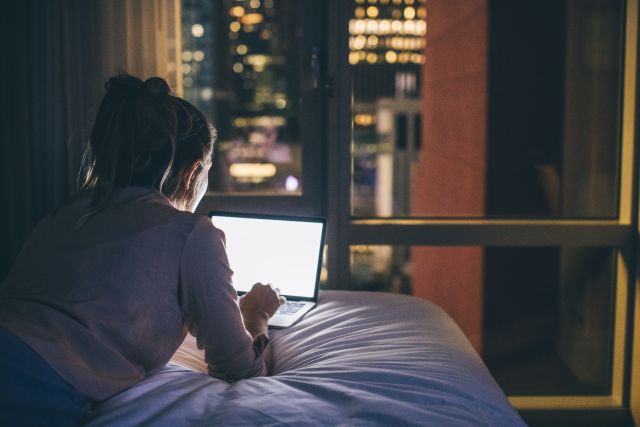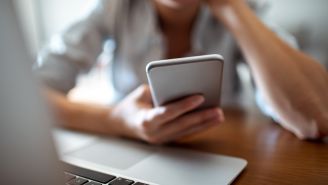Updated on February 4, 2025.
Even the healthiest sleep habits can be disrupted during stressful events. Whether it’s a public health emergency, a natural disaster, or another crisis, it can affect the consistency, length, and quality of your sleep.
If you and your loved ones are in danger—if there’s a wildfire or flooding in your area, for example—it may be necessary to sacrifice sleep for immediate safety. But in cases where you remain essentially secure, prioritizing sleep is key to maintaining physical and mental health.
With that in mind, here’s how to work around hurdles like excess stress and upset schedules and still get a good night’s rest.
Silencing stress so you can sleep
In difficult times, it’s wise to pay attention to the news and look for updates from authorities. At the same time, the stress of scrolling non-stop through updates and social media can make sleep feel impossible.
To aid sleep, try to limit the barrage of information. Set specific times during the day to check the news. Place time limits on social media. At night, turn off smartphones, TVs, tablets, and other screens at least 30 minutes before turning in. Instead, try reading a book, taking a bath, or writing your worries in a journal.
Creating a good sleep environment can help calm your mind. Start by reducing the amount of light in your environment during the evening. Lower shades and dim or turn out lights as bedtime approaches. Diminished levels of light signal your body that it’s time to start getting ready to rest. Block outside noises with earplugs, a white noise machine, or even just a fan.
If you wake up at night and stress makes it difficult to fall back asleep within 20 minutes, many experts recommend doing something else for a while. Get out of bed, move to a different room, read a book, or sip some tea. Avoid screens, which can keep you awake.
How physical activity can help you sleep
Movement is well known to help relieve stress and promote good sleep. During the day, block off time in your calendar when you know you can squeeze in an exercise you enjoy. To get your heart moving, try walking, biking, swimming, hiking, or a fitness video. Just don’t work out too close to bedtime, as it may keep you awake.
Being outdoors can boost the health benefits of exercise. Getting outside for physical activity a few times a day, even if it’s just for a walk, “exposes you to light, which is important for your circadian rhythm and sleep,” says Teresa Ward, RN, PhD, professor and chair in child, family and population health nursing at the University of Washington School of Nursing and co-director of the Center for Innovation in Sleep Self-Management.
Getting any sunlight exposure, especially earlier in the day, also helps to regulate your circadian rhythms and keep your sleep schedule on track. Open curtains or blinds when you first wake up to let light in or simply stand by your window a few times per day.
The importance of keeping a schedule
When a crisis erupts, normal sleep schedules can fall off. As much as possible, try to maintain a set bedtime and a set wake-up time each day. Shoot for between seven and nine hours of sleep each night, the amount recommended by experts for optimum health.
Sticking to a daily routine can help. Try to keep meals and activities at regular times. This helps your body clock remain in sync, making it ultimately easier to sleep at night. If a stressful event throws you off, get back to a basic schedule when you can.
Don’t forget sleep basics
If you’ve worked through the issues above, but still find yourself unable to sleep, focus on the other foundations of good sleep hygiene:
- Limit caffeinated beverages after noon.
- Avoid drinking alcohol close to bedtime.
- Keep your room at a cool and comfortable temperature.
- Don’t take naps during the day. If you must, limit your time asleep to 20 to 30 minutes.







